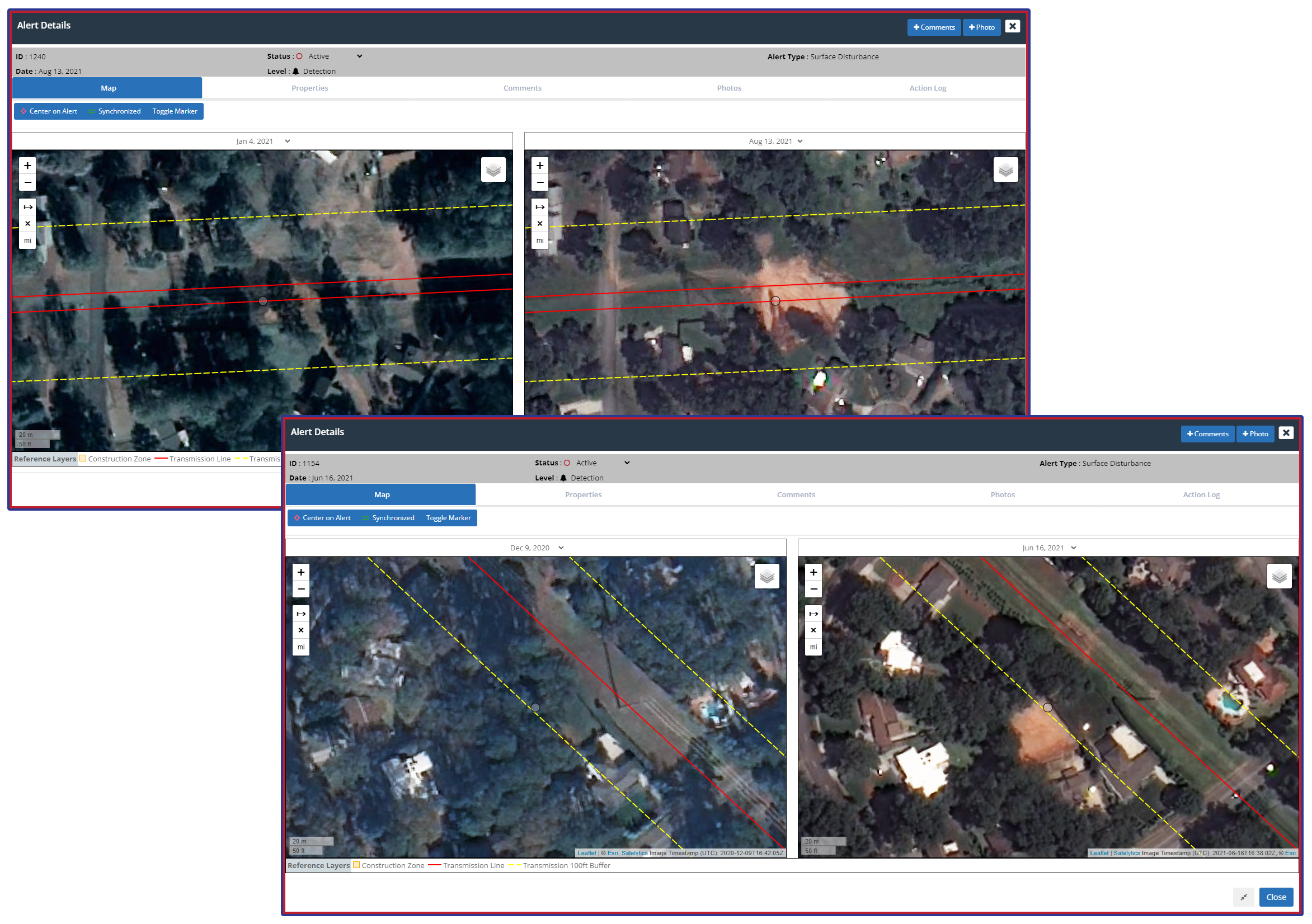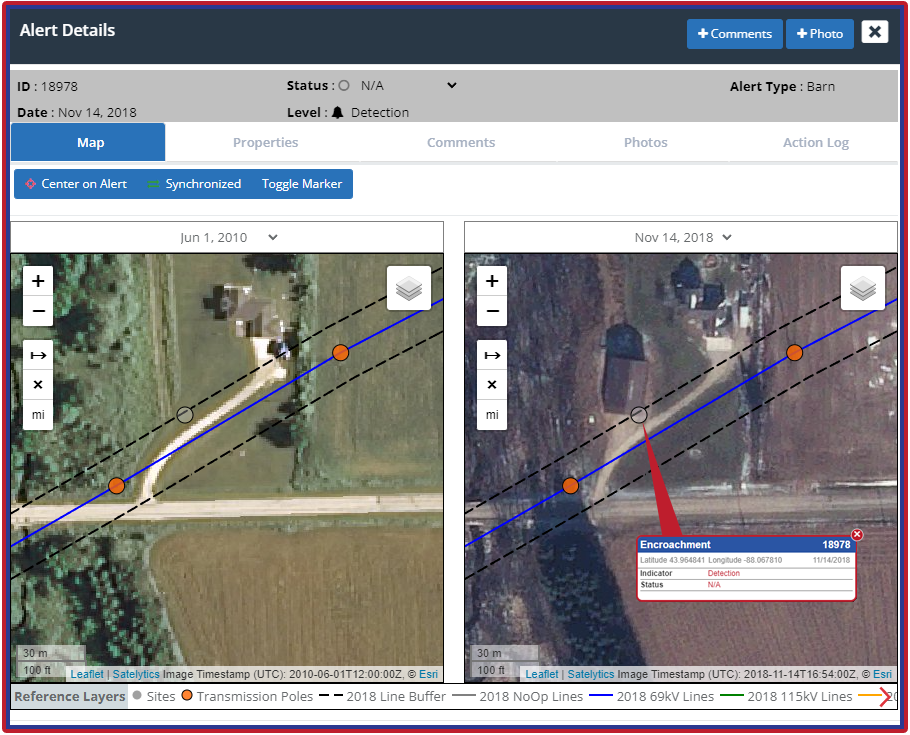
• Oil & Gas,Electric & Gas Utilities,Pipeline Operators

• Oil & Gas,Electric & Gas Utilities,Pipeline Operators
Every neighborhood has had one — the watchful resident who treated property boundaries like national borders. While the delivery might have been gruff, the protective instinct was entirely justified. Today's utility companies and infrastructure managers face the same territorial imperative, but with exponentially higher stakes than a few crushed daisies. The numbers tell a sobering story: excavation-related damages to utilities cost the U.S. $30 billion in 2019, with more than 639 excavation damage incidents resulting in 136 deaths or injuries and over $410 million in damages over just the past decade.
Third-party damage to infrastructure isn't just expensive — it's reaching crisis proportions. Pipeline incidents occurred at an alarming rate of 1.45 incidents per day in 2024, with approximately one-quarter of all pipeline accidents caused by excavation activities. The average cost for excavation-related natural gas incidents was $5,914 per strike in 2016. With inflation, that number is likely much higher today.
But here's the shocking reality: direct costs represent only a fraction of the true economic impact. Research from the University of Birmingham analyzing 16 fully detailed utility strike case studies revealed that total societal costs are approximately 29 times higher than direct repair costs. This multiplier effect includes traffic disruption, business losses, emergency response, and cascading infrastructure failures.
SoCalGas alone managed over 1.03 million excavation tickets and reported approximately 2,400 dig-in damage incidents in 2024, highlighting the massive scale of monitoring required for just one utility company.

Encroachment detection... popular with utilities, water managers, and oil & gas.
Traditional monitoring methods rely on periodic field inspections that may occur monthly, quarterly, or even annually. This creates dangerous vulnerability windows where encroachments can develop undetected for months, allowing minor violations to escalate into major safety hazards.
Satelytics developed a solution that's like having a vigilant guardian watching over every inch of your assets from space. Our advanced geospatial analytics platform uses high-resolution satellite imagery and AI-powered algorithms to detect and alert you to encroachments within hours of satellite overpass. The cadence can be several times a week, if desired, though most opt for weekly or bi-weekly.
Here's what sets our approach apart with measurable results:
Traditional monitoring methods are like checking your property once a quarter and hoping nothing happens in between. Research shows that excavation damage prevention using enhanced positive response and mapping technology can reduce damage incidents by up to 67%. With Satelytics, organizations achieve measurable improvements:

Man-made structures put in the right-of-way.
In today's complex infrastructure landscape, you can't afford to miss encroachments that could impact operations. The infrastructure monitoring market reached $5.59 billion in 2024 and is projected to reach $15.70 billion by 2034, reflecting massive industry investment in protective technologies.
Consider the compelling ROI mathematics: if satellite monitoring prevents just one major excavation incident annually (average cost $30,000-100,000 including societal impacts), the system pays for itself multiple times over. Factor in avoided regulatory fines, liability reduction, and operational continuity benefits, and the business case becomes overwhelming.
Satelytics offers the digital equivalent of a tireless, all-seeing guardian for your assets.
Ready to upgrade your encroachment detection strategy? The data is clear: excavation-related damages cost the U.S. economy between $50-100 billion annually, but satellite-based monitoring systems can reduce damage incidents by up to 67% through early detection and prevention.
Contact Satelytics today and discover how our advanced geospatial analytics can help you protect your infrastructure, ensure compliance, and maintain operational excellence. Don't just tell encroachers to get off your lawn; prevent them from setting foot there in the first place with technology that pays for itself through documented cost savings and risk reduction.
The question isn't whether you can afford satellite-based infrastructure monitoring. It's whether you can afford to operate without it.